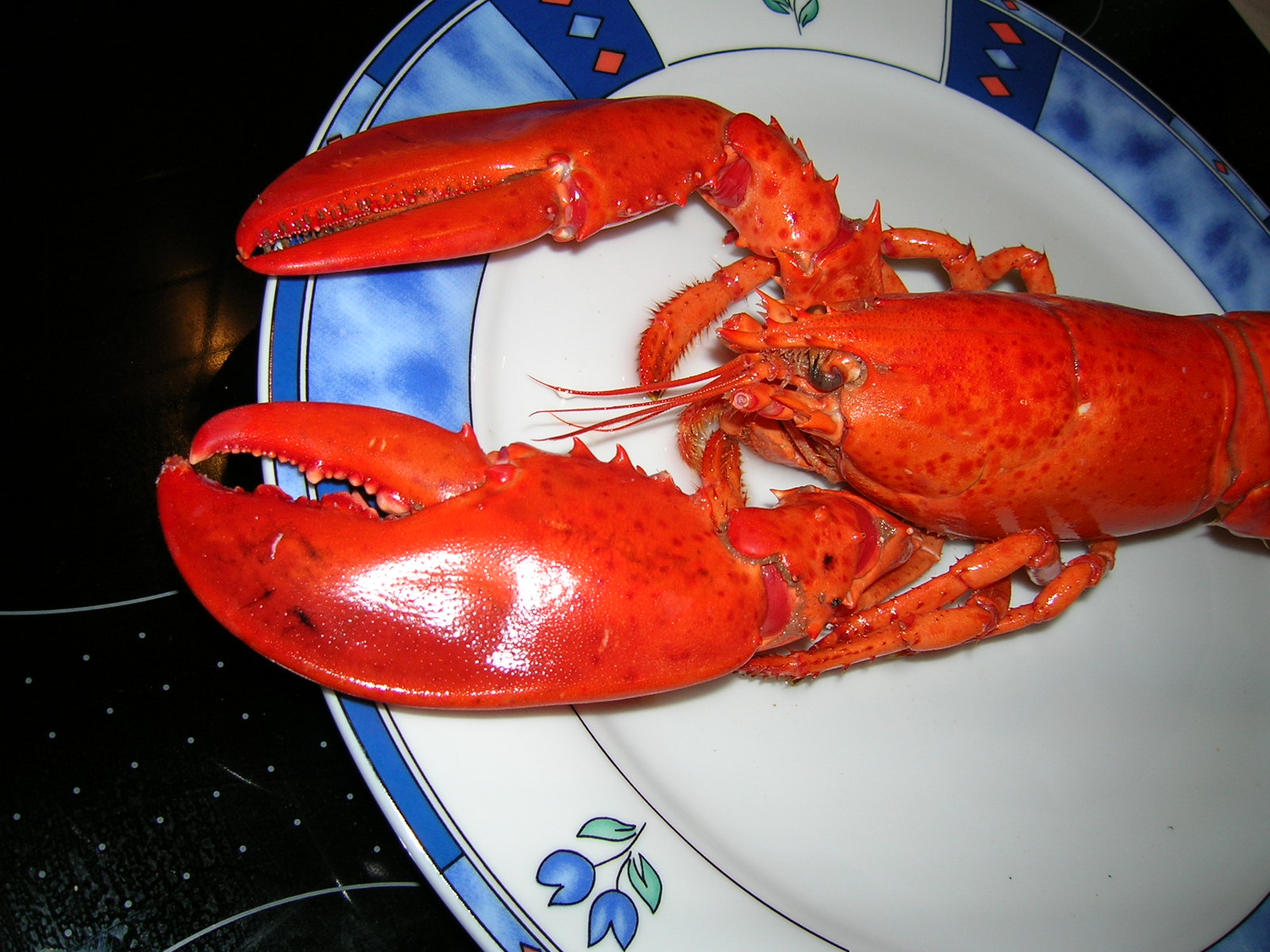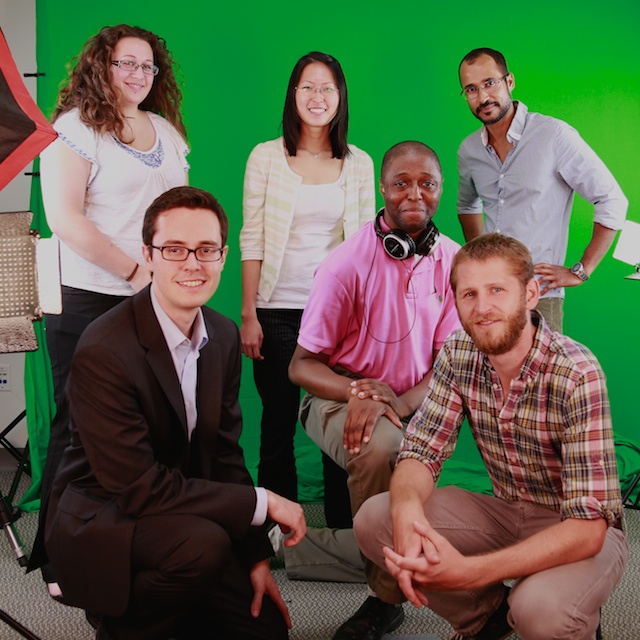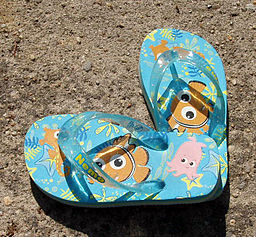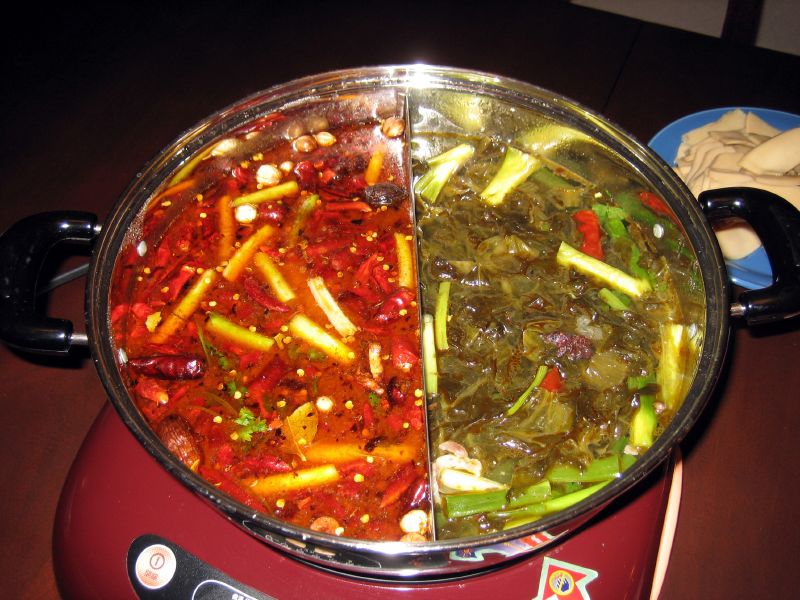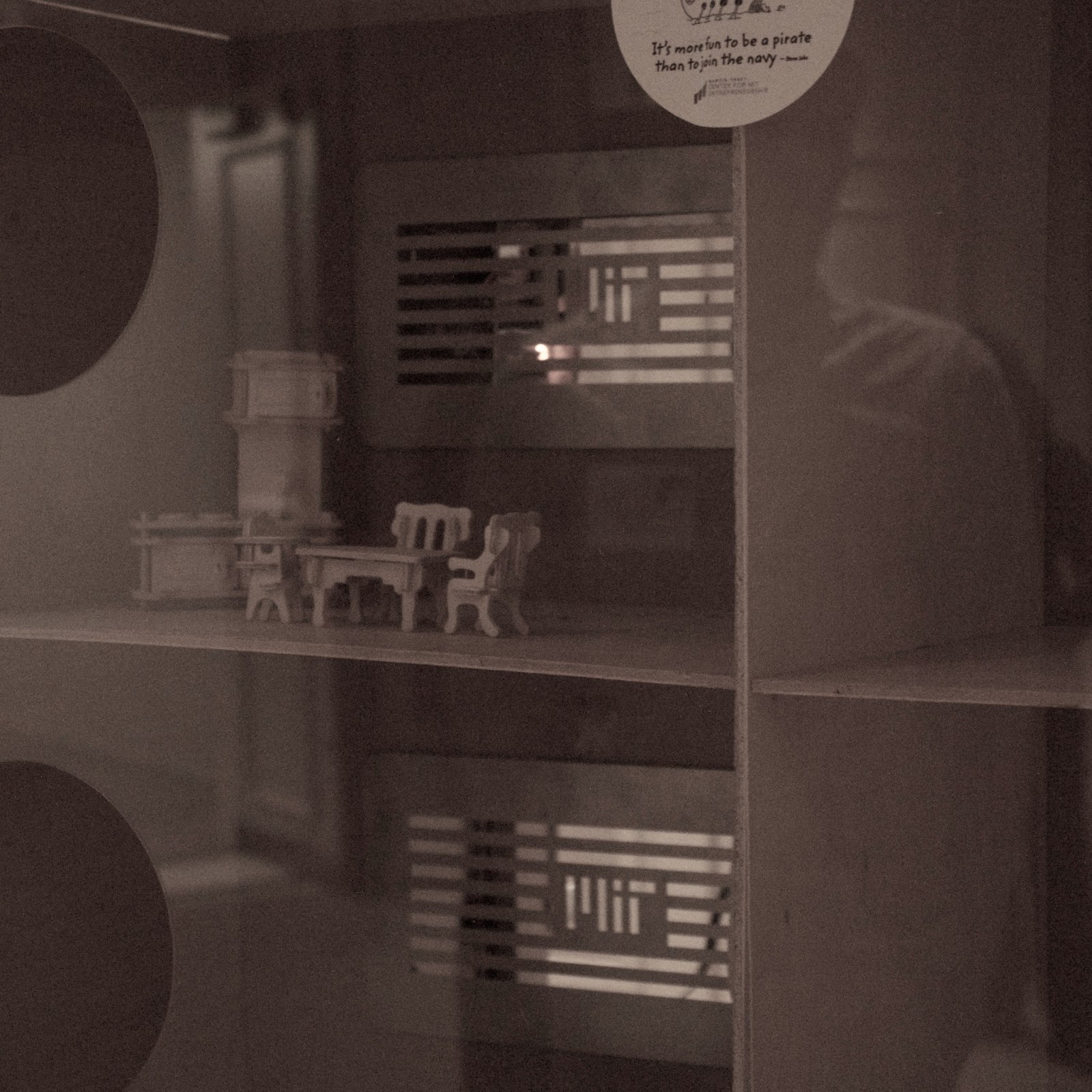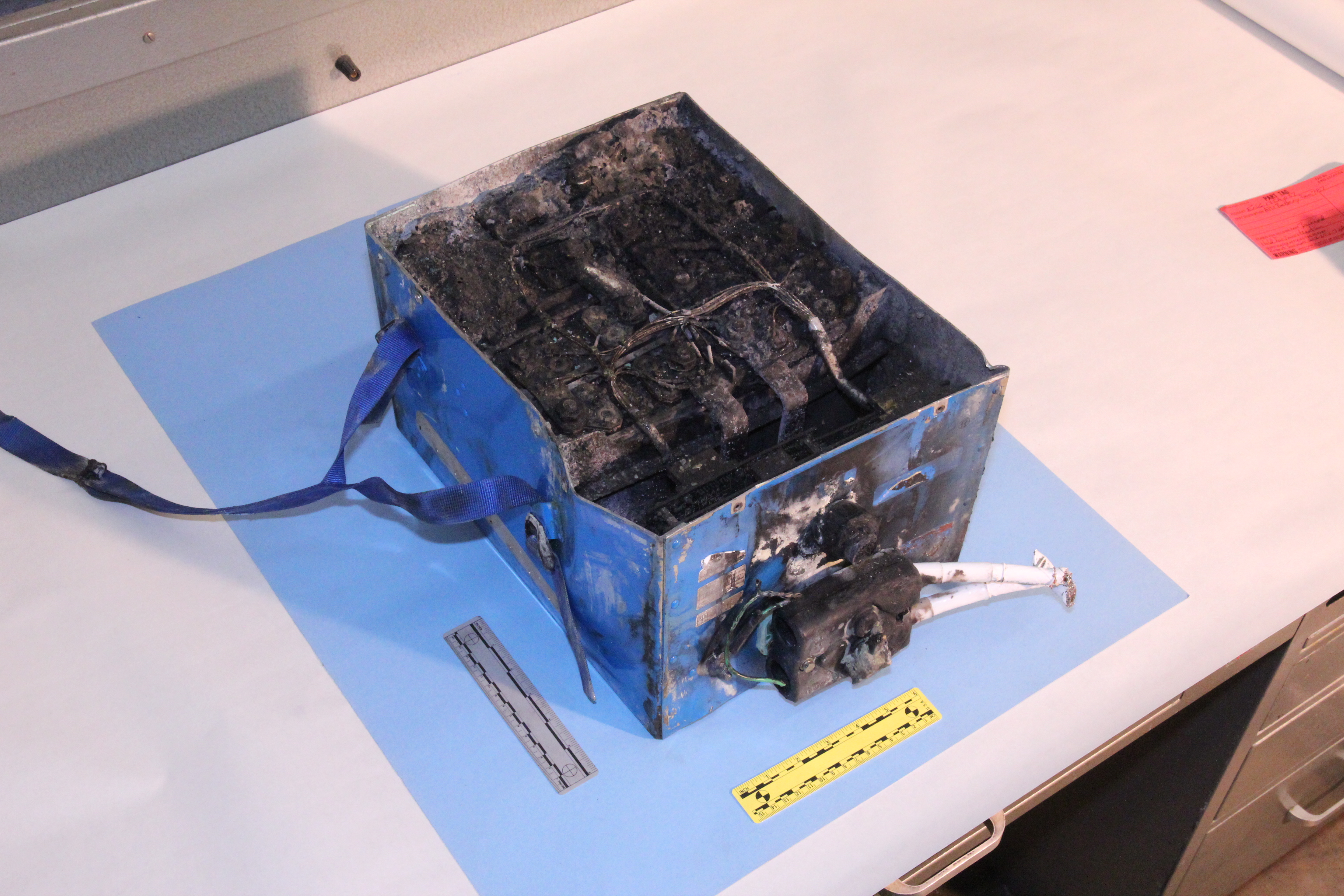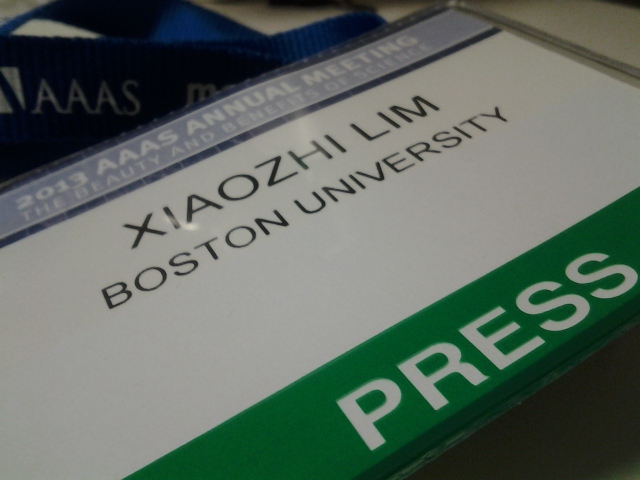An overview of this week in Nobel Prizes.
Category: blog
Shutdown affects scientific community more than a dark panda cam
Day 3 of shutdown. Three days without the panda cam. But many scientists and researchers barred from work can’t care less; the panda cam is the least of their worries. Here are some examples from a Reddit discussion.
Did human activity cause lobster shell disease?
Here’s a treat for lobster-lovers: a video from the American Chemical Society featuring the New England Aquarium director of research, Dr. Michael Tlusty, explaining why they turn red when they’re cooked, but also introducing shell disease, a problem that has been troubling lobsters for a while. This was one of the videos that I produced with colleague, Kirk Zamieroski, while I was on internship with the American Chemical Society over the summer.
Shark Week: On shark’s fin soup, and alternatives
It’s Discovery Channel’s 26th Shark Week! Of course everyone has to write something about sharks this week, so here’s my small contribution. Being Singaporean Chinese, the obvious shark topic then would be shark’s fin soup.
Traveling for Bytesize Science: Animals, machines and a little bit of history
I’m back from a long week of travels filming for Bytesize Science. A colleague, Kirk Zamieroski, and I went up to Boston filming at MIT and the New England Aquarium, then traveled back to Washington DC through New York City and Princeton, New Jersey. If you haven’t yet, check out the video series online at BytesizeScience.com
Dear Readers,
I am alive! And I am appalled at myself for not having posted anything since 21st April. Here are some updates: I am on internship with the American Chemical Society in Washington DC producing videos for their online video series, Bytesize Science! And dear readers, I hope you’re all enjoying flip-flops and summertime.
Hotpot, a shared act of creation
I had a reservation for four at 7 pm on Saturday night. I had reminded the three friends joining me for dinner to be punctual, and we were all at the restaurant as the clock struck seven. Still, we had to wait fifteen minutes before we were finally seated in the crowded restaurant.
ecoVent for our silly apartments
Whenever it gets cold outside, my room’s heat just gets magically sucked out through my exterior wall and window. My Indian roommate has it even worse – she has two exterior walls and windows. These are times when we beg our American roommate, who has the interior room with the thermostat, to turn up the heat. Having lived through my first winter in Boston in a leaky apartment, I was very glad to find that someone was working on apartment heating efficiency: Dipul Patel of ecoVent.
Explainer for the question: Can the batteries in your laptop catch on fire?
The U.S. Federal Aviation Administration grounded Boeing’s 787 Dreamliner fleet recently because of lithium-ion battery fire incidents. Similar lithium-ion batteries are found in many consumer electronic devices such as laptops, cameras and cellphones. Can the batteries in your laptop catch on fire?
Highlights from 2013 AAAS conference – Part 1
It is the end of day three at the American Association Advancement of Science conference 2013 and I am exhausted. There are two more days to go, so here’s a very brief summary of some of the event highlights for me.


